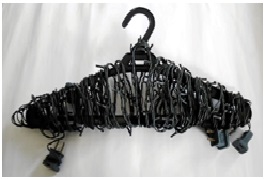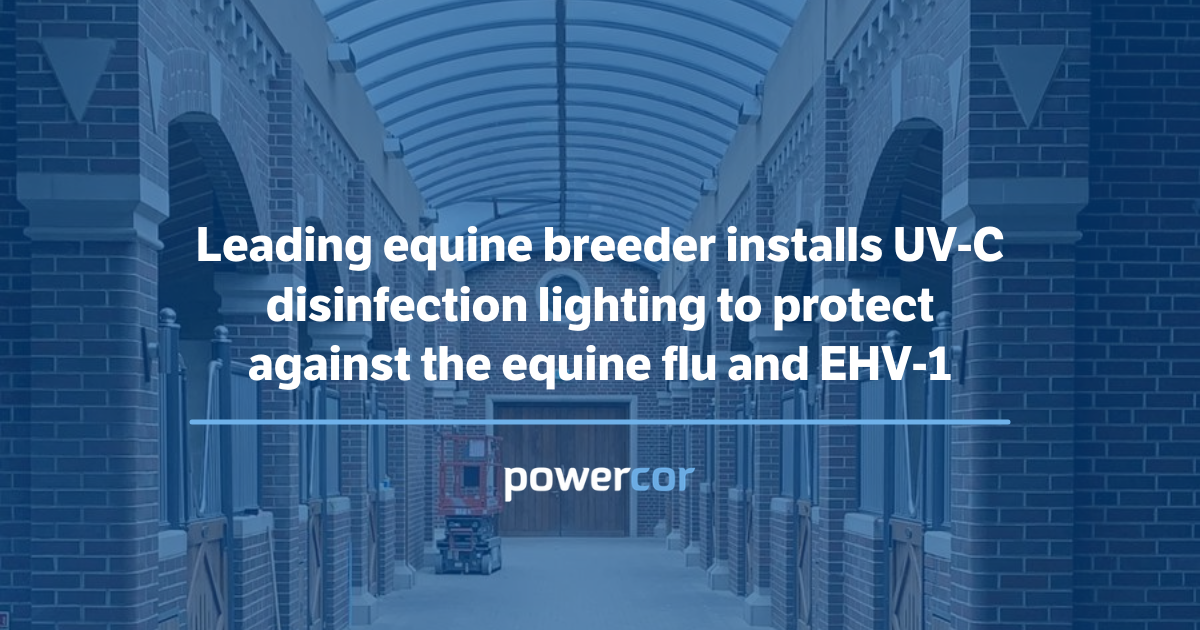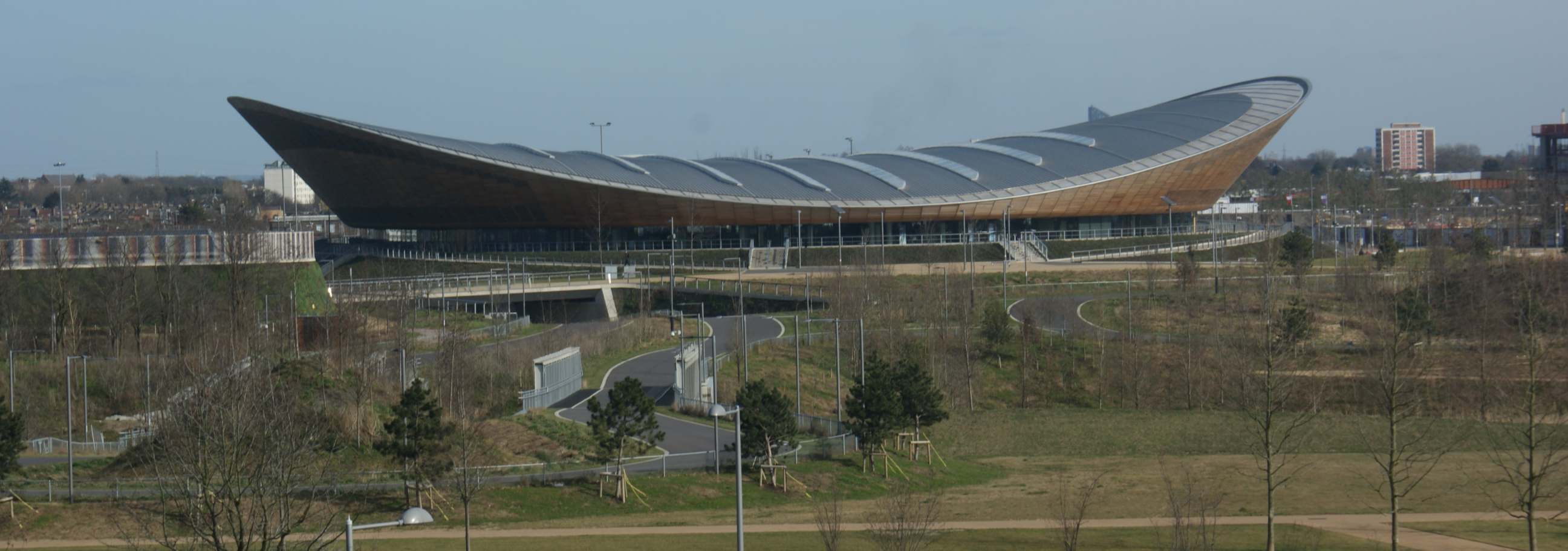With Christmas upon us, we find ourselves clambering around in the loft and garage hunting down last year’s decorations, which have been sat gathering dust for 11 months of the year. While decorating your house and putting lights on trees is fun, they can be dangerous!
Of course lots of Christmas lights look pretty and give your tree that lovely festive feel, but they can cause fires and damage to your home. Luckily the increase in LED Christmas lights is a great thing, people are ditching the old frayed lights and opting for new safer LED lights.
LED lights are also much more efficient at converting electricity into light, with less energy lost as heat. They use less power too; some manufacturers claim they save 90% electricity over normal bulbs, as traditional fairy lights often run at 140w.
LED Christmas lights also last much longer, up to 10 years’ use, or 100,000 hours, if handled carefully. With no delicate filament to break, and double-sealed bulb that can’t come loose, if a bulb does fail, just leave it: the rest should continue to be lit.
However all light (even LED) gives off some heat. When you buy cheap fairy lights they give out even more heat and the little lights can get quite hot. If you are lucky the lights can melt a few green bits on your artificial tree or just singe some of your real tree, but – at worst, it can set the whole tree alight and set fire to your home.
You should never leave your house or go to bed without switching off the Christmas lights. If you are at home, if the tree did catch on fire, you can take immediate action by switching off your power supply and placing a fire blanket or water over the tree. If you are not there then the fire could very easily and quickly get out of hand!
Another problem with Christmas lights is they can short circuit, especially cheap or old ones. This could affect the electricity in your whole home requiring you to call an electrician. To help prevent this, you can buy an inexpensive electrical surge protector which will monitor electrical power and automatically kill the lights if there seems to be a problem, protecting the rest of your home.
If you are worried please contact us as we can supply these for you.
This video below is truly shocking, in less than 46 seconds the entire living room is in flames.
While dangers of Christmas lights can be very real and scary by taking a few simple precautions, you can have a really beautiful Christmas tree that is safe.
Mistake Number 1: Using indoor lights for outdoor purposes
All Christmas lights fall under two categories: indoor-rated and outdoor-rated. Outdoor-rated lights are specifically built to stand up to the harsh outside environment while maintaining safe electrical connections.
Using indoor-rated lights outside your home is a good way to cause an electrical fire, especially if it rains. These are not made to keep out water and can cause your power to trip.
The other mistake that people make is using an extension lead that is not meant for exterior use. Ideally lights should be plugged into an exterior socket that is outdoor rated. Failing that you should use a specially designed external extension lead.
Mistake Number 2: Storing Christmas lights incorrectly
If you do use outdoor lights and they get wet, make sure you let them dry out before storing them.
Wrap lights around a tube, hanger or piece of cardboard to keep them tangle free and stop any damage to the cord and lamps.
These lights should be stored somewhere like a garage, for increased safety, avoid keeping them in the loft. The extreme heat of these unconditioned spaces can deteriorate wiring and connections.
Mistake Number 3: Installing Christmas lights incorrectly
There are several simple mistakes that fall under this category. Here are the most common installation mistakes that can cause a fire:
- Overloaded sockets or extension leads. Incandescent lights have a limit of about 500 lights per outlet. Make sure you follow the manufacturer’s guidelines.
- Different strings of lights together on the same socket. For example: never connect LED lights with incandescent lights.
- Always use plastic insulated holder when installing holiday lights outside. The metal staple conducts electricity and can cause a fire.
- Light string cords are a trip hazard so make sure these are kept safely at the back of the tree and out of the way of passing traffic.
Don’t panic and call off Christmas this year, just take some extra care when choosing and installing you lights and your house will look perfect and stay that way all Christmas!









